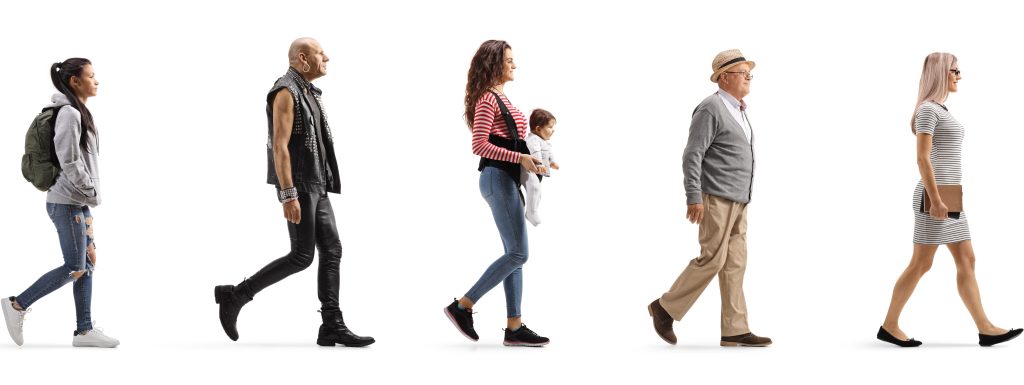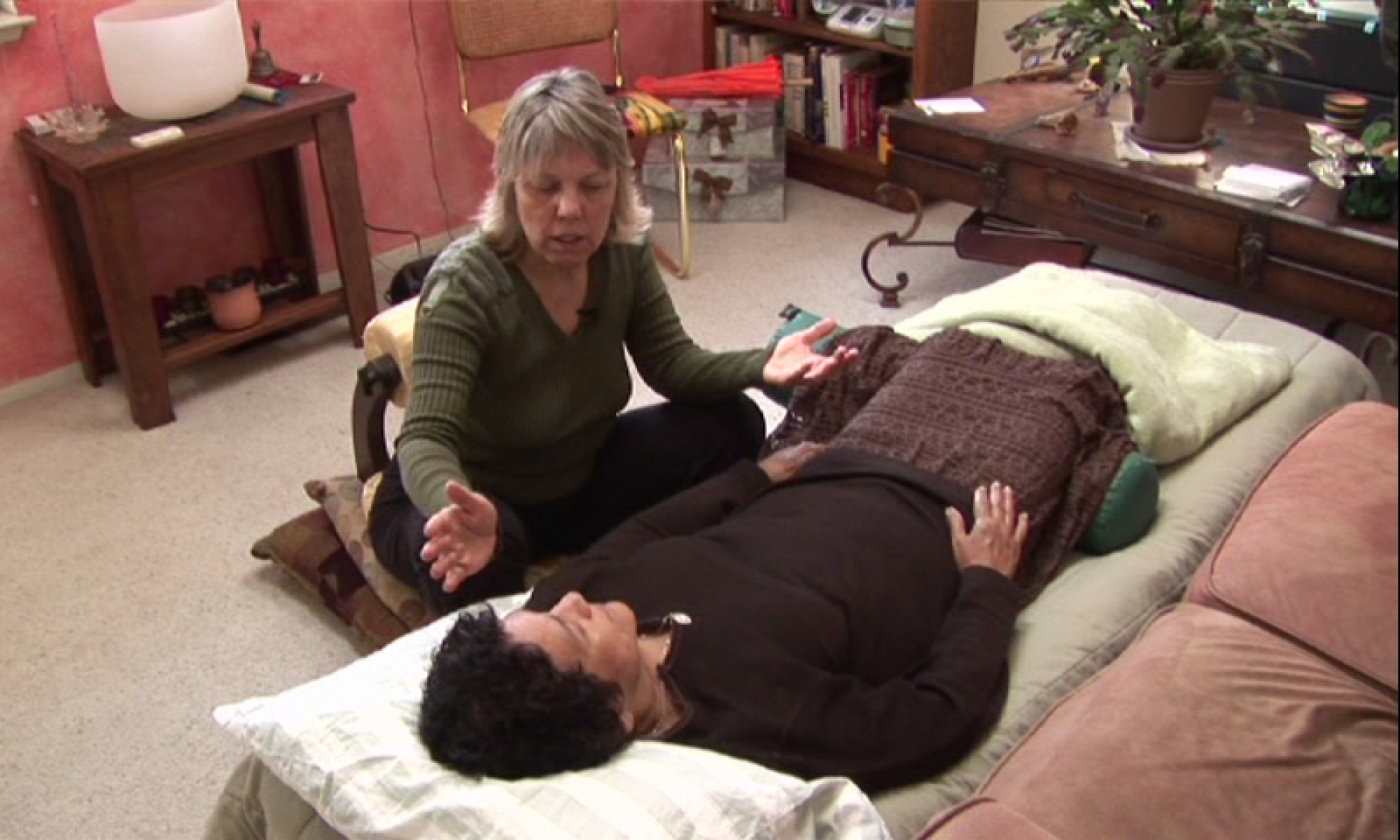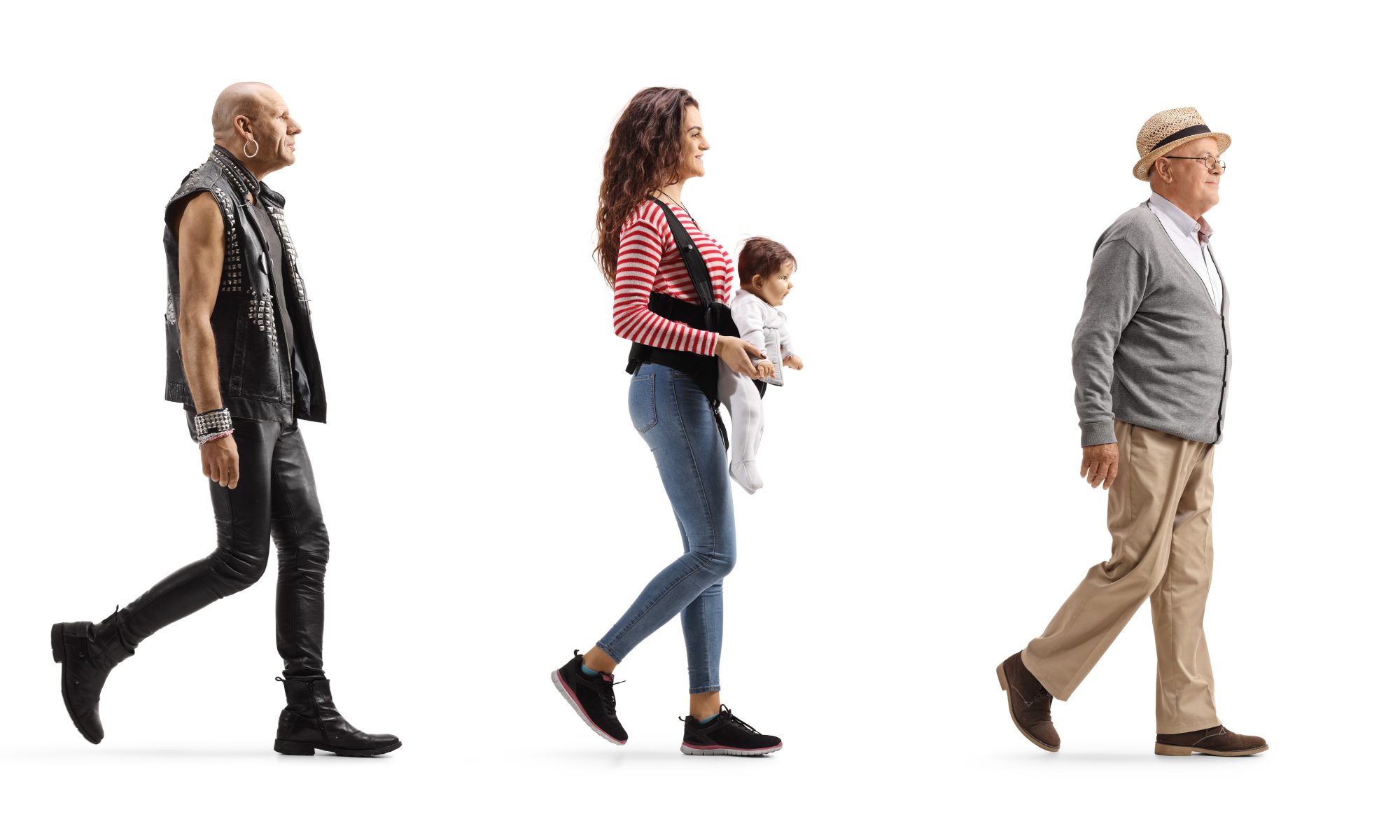
Happy New Year! May This Be The Year Of YOU!!!!
As we round off the first week without seeing the sky fall, it’s time to begin hunkering down on all we have planned and dreamed of.
I was recently talking with a client about her goals for the upcoming year.
She told me that she really wanted to get back to being able to walk. She had noticed that her walk seemed “more elderly. You know… slow, short distances, and hunched over.”
During the conversation, she spoke of her pre-quarantine ability to walk through the grocery store without a cart, and walking in her neighborhood during good weather.
She also indicated that she couldn’t explain why she hadn’t kept up with walking once quarantine ended. “Just lazy, I guess” was her only excuse.
Let me first say, she is not the only client to say this about the change in her physical abilities since quarantine. Secondly, for many of us, we may see this reflected in our own lives. I know I do.
For the first time in our lives, we had the one thing that helped shift our priorities from the crazy run of life to having TIME to focus on self, family, and home.
Now we are beginning to see what the new normal is, and life is beginning to race forward again. And our ability to have time to focus on ourselves is waning.
But let me remind everyone… If you stop moving, your body will stop being able to move when you need it to.
The ability to walk can be improved upon! And let’s face it, as we get older, walking in a stable and secure manner is so important.
We know decreased mobility results in weak core and leg muscles, limited range of motion (ROM) in the back and legs, and loss of balance.
Maintaining full ROM as you work on improving your walk can help your joints move better in the long run. This means not only focusing on motion in all the joints from your feet to your low back, but also reaching the fullest extent of the range of motion in your muscles (within your abilities).
Yes, this includes stretching from your toes to your head!
Exercises should be done slowly and within your ability to be safe doing them. I also recommend that once you become more secure in basic movements, to begin incorporating light resistance and high repetitions for leg training exercises.
Why? Because walking is a low resistance, high repetition activity. Your exercises should mimic that type of motion.
One of the best ways to improve your gait is to accentuate the motions that occur in your legs while walking.
Strengthening exercises should focus on the core. Remember the “core” is more than the abdomen. It is “nipples-to-knees, 360 degrees” around the body. If your ability to walk has gotten weak, it will be expressed in your core and your lower legs (knees/ankles/feet). This may prevent you from walking safely.
So let’s talk about things you can do right now to begin helping yourself! Even if you’re laying in bed, sitting in your easy chair or at your desk, or standing in line at the grocery store.
Here are some excellent gait training exercises that can help improve your ability to walk.
Exercises to improve lower leg ROM may include:
- Ankle pumps and circles
- Calf stretches with a towel
- Laying (on your back) heel slides to improve knee ROM
- Seated knee extensions
- Standing on tip-toes
- Standing on heels
Exercises to improve hip and upper leg ROM may include:
- Laying (on your back) toe taps
- Laying (on your side) leg raises
- Laying (on your side) clam shells (knee raise while ankles remain on surface)
- Laying (on your front) heel raises
- Standing in place high marching steps
Exercises to improve core strength may include:
- Laying (on your back) toe taps
- Plank or push-up position
- Standing from a sitting position with little to no use of arms
- Squats
- Belly-button pull
Walking requires that you spend approximately 40% of the time standing on one foot. One foot is on the ground while the other swings forward through the air. That means that single leg standing is an important component to safe walking.
To improve your balance, you have to challenge your balance. This means creating situations where you may be a little unsteady. This trains your body to respond to this unsteadiness.
Exercises to improve balance may include:
- Standing flamingo stance (one leg balance)
- Target toe tapping in varying distances and angles from the planted leg
- Use of foam pad or BOSU ball to balance on
- Side stepping
Exercises to improve your ability to walk is to practice the motions of walking.
- Stepping over obstacles (forwards, sideways)
- Target stepping
- Stepping up and down
- Walking backwards (don’t do this alone if you are unsteady on your feet)
As you practice, your balance should improve along with your gait. But, you must remain safe while training. Be sure you are able to hold onto something stable while practicing balance exercises. Stay within your limits. Listen to your body to know when to stop due to pain or high discomfort.
Since obstacle stepping requires you to take big steps with high knees, it requires you to spend extra time standing on one leg as you step. This can help improve gait, but it may also create instability as you step. So, be sure you are safe while performing this exercise.
Last, but definitely not least, your posture and where you look during walking make a huge difference in stability. Become aware of what your posture looks like during standing and walking. Video yourself in snug fitting clothes or bare necessities to really see how you hold your upper body and how you move during walking.
While you can’t correct old posture, it is possible to practice a new improved one that helps relief pain and support the low back and core.
The body will follow the eyes. If you are busy looking down during walking it forces your center of gravity to shift to accommodate your posture. This is a huge cause of falls. Feeling sure of footing and practicing an upright eyes forward posture will help in balance and being able to respond through stable movement.
If you are unsure of your ability to do any gait training exercise, visit your local PT. They will be able to help.
Ultimately, the only way to improve how well we walk is to practice the various parts that give us trouble! So jump in! Get back to walking. Remember when you first start out, walk 1/2 the total distance you think you can, cuz you’ve got to get back!
If you are ready to see how it is possible to continue to have the TIME to focus on yourself and your back health in our new normal, set up a free consultation now! The booking link is below.
Make the year of YOU a happy and healthy one!
Sincerely,
Andrea Felesina, Advanced Family Nurse Practitioner
Director, The Healthy Back Program


